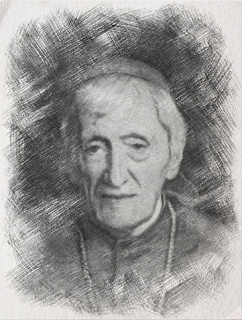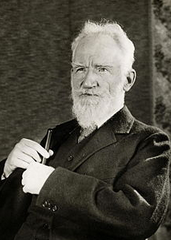College Versus Childcare

A think tank that shall remain nameless recently presented a study, the point of which was that free childcare is more important than free college. At first glance this seems like heresy. For around half a century at least, the constant mantra in the United States was to study hard, get into a good college and you’ll get a good job. That is, assuming that there are any jobs to get, but that’s another issue. . . .












